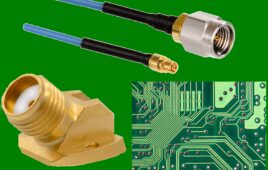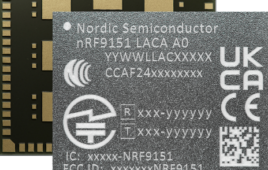A simple and fast microwave experiment with the common chemical element phosphorus at Flinders University has opened the prospect of more affordable and effective super-thin solar cells.
In a world in need of cheaper, sustainable energy solutions, Flinders University nanotechnology researchers made flakes of phosphorene only a few atoms thick. Phosphorene is a 2-D form of phosphorus, which could not only boost the energy capacity of popular dye-sensitised solar cells (DSSC) but potentially remove the need for the expensive component platinum.
Sheets and flakes of this few-layer phosphorus, just a few billionths of a metre thick, could improve the efficiency of certain types of photovoltaic cells, the research team led by Professor Joseph Shapter claim.
Solar cells based on carbon nanotubes and silicon are promising as a cheaper and easier-to-manufacture alternative to crystalline silicon cells. However one challenge with these new solar cells is boosting the efficiency they convert sunlight into electricity.
One approach is to include a layer of ultra-thin nanoflakes of phosphorene in the solar cell which has all the right properties to make it suitable for increasing solar cell efficiency. The microwave method to produce phosphorene, developed at Flinders University, involves immersing phosphorous in a special liquid and exposing it to microwaves for only 10 minutes in contrast to previous protocols taking 15 hours.
The results of the microwave experiments to produce phosphorene – and its potential application in the solar industry – has been published in leading international chemistry journals Angewandte Chemie, Advanced Functional Materials and Small Methods.
In the first study, the Australian team used phosphorene, to fabricate DSSCs. The cells had superior photovoltaic efficiency of 8.31% which outperforms expensive platinum-based cells.
DSSC is an emerging field of thin-film, semi-flexible and semi-transparent solar cells which are simple to make but limited by quite costly components such as platinum and ruthenium.
In the second study, the team again used the fast and efficient microwave method of manufacturing high-quality phosphorene flakes and then added them to carbon nanotube–silicon solar cells to show a significant improvement in the cells’ power conversion.
“With these promising early results, further studies with the microwave technique and other solvents will help improve stability and durability of phospherene and allow us to look at ways to produce larger amounts of phosphorene for possible commercial applications, says co-author Dr. Christopher Gibson, from the Flinders College of Science and Engineering.
Project leaders Professor Shapter, Dr. Gibson, Dr. Munkhbayar Batmunkh and Mrs Munkhjargal Bat-Erdene are among a team of Flinders Institute for Nanoscale Science and Technology researchers looking to improve solar cell efficiency – also including a more sustainable material called perovskite.




